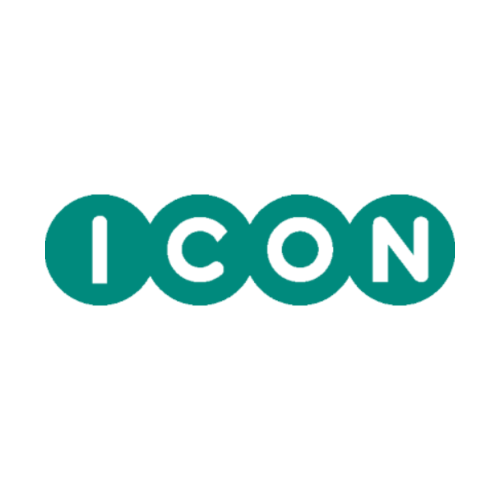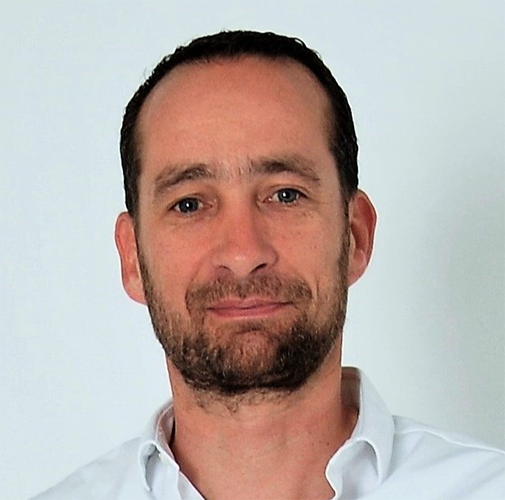
What are the four phases of a clinical trial?

Despite the notable expansion of the market, it can take up to 15 years to get a new medicine or treatment to market because of the lengthy procedure of obtaining a licence. The process is split into distinct stages and each is thought of as a separate study where researchers are only permitted to move to the next stage once the U.S. Food and Drug Administration (FDA), Medicines and Healthcare Products Regulatory Agency (MHRA), European Medicines Agency (EMA) or other regulatory agency gives their approval. Here are the four phases of a clinical trial.
Phase I
Though there is sometimes a phase 0 to test whether researchers were correct about the way the body reacts to a drug, often clinical trials will start at phase I. A clinical trial refers to a study within clinical research where patients are monitored to determine the efficacy of a treatment; this can be a drug, medical device or procedure. Therefore, from the very first stage, a clinical operations team will be testing to see how the drug is broken down by the body, looking for side effects and beginning to find the optimal dosage.
Phase I ranges between several months to a year and tests the treatment on a small group of healthy patients. Once the trial is complete the drug safety associate (DSA) will submit their research to the regulatory agency at which point the FDA reports that around 7 in 10 receive approval.
Phase II
Those drugs, wearables or other treatments that pass approval at the first stage of clinical trials will progress to phase II where the focus is to test on a larger sample and typically introduce a placebo group. The placebo group - usually a randomised sample - will receive an inactive drug or a dummy treatment which allows clinical research associates (CRAs) to identify whether patients show side effects because they believe they’re receiving the treatment. Researchers can then compare the effectiveness of the treatment against the placebo group to get a clear picture of how well it works.
At this stage, clinical trial assistants (CTAs) are also assessing the safety of the treatment and monitoring any short-term adverse effects and phase II will normally span two years. The FDA reveals that the success rate at this stage is just 33%.
Phase III
At phase III, a clinical trial manager will work alongside the project manager to identify if the drug has an overall positive effect on the patient’s wellbeing. Having qualified to this stage CRO companies will recruit more patients into randomised groups to get a clearer picture of data discrepancies and therefore understand the success of the drug.
Treatments which receive approval after phase III are awarded a licence meaning that the medicine can go to market and be prescribed to the public. Over the last 10 years, US drug manufacturers have spent on average $1 billion getting their drug to market and this is partially due to rising costs associated with advancements in technology.
Read more on why you should be a project manager.
Phase IV
The fourth and final stage is tested once the drug has gone to market and is designed to understand the side effects better and establish if there are any long-term risks throughout the life span of the drug. At phase IV DSAs are evaluating the outcomes on a more wide-spread basis – generally in the thousands.
Work on some of the most exciting clinical trials with ICON
At ICON, we’re determined to be the partner of choice in drug development and this ambition sees us working on an extensive variety of projects. For more insight read about the impact of Covid-19 on pharmacovigilance.
Sign up for post alerts
ICON & You
The potential of together.
Careers that improve the lives of patients, our clients and each other. Are you ready to make a difference?
View jobsRelated jobs at ICON
Salary
Location
Brazil, Sao Paulo
Department
Clinical Trial Management
Location
Sao Paulo
Remote Working
Office or Home
Business Area
ICON Full Service & Corporate Support
Job Categories
Clinical Trial Management
Job Type
Permanent
Description
We are currently seeking a Senior Clinical Trial Manager to join our diverse and dynamic team. As the Senior Clinical Trial Manager, you will hold a crucial role in ensuring the successful delivery of
Reference
JR140157
Expiry date
01/01/0001

Author
Ana Lucia
Author
Ana LuciaSalary
Location
India, Chennai
Department
Full Service - Development & Commercialisation Solutions
Location
Chennai
Remote Working
Office Based
Business Area
ICON Full Service & Corporate Support
Job Categories
Laboratory
Job Type
Permanent
Description
We are currently seeking a Configuration & QC Specialist I to join our diverse and dynamic team. As a Configuration & QC Specialist I at ICON, you will play a pivotal role in designing and analyzing c
Reference
JR138094
Expiry date
01/01/0001

Author
Moushami Roy
Author
Moushami RoySalary
Location
Netherlands, Assen
Department
Full Service - Early Clinical and Bioanalytical Solutions
Location
Assen
Remote Working
Office Based
Business Area
ICON Full Service & Corporate Support
Job Categories
Laboratory Support
Job Type
Permanent
Description
Job DescriptionBen jij een nauwkeurige analist die graag in het laboratorium werkt en kennis heeft van analytische chemie? En zoek je een uitdagende baan binnen het geneesmiddelenonderzoek in een stat
Reference
JR140847
Expiry date
01/01/0001

Author
Jakob Schonberger
Author
Jakob SchonbergerSalary
Location
Taiwan, Taipei
Location
Taipei
Remote Working
Office or Home
Business Area
ICON Strategic Solutions
Job Categories
Clinical Trial Support
Job Type
Permanent
Description
We are currently seeking a Clinical Trial Administrator to join our diverse and dynamic team. As a Clinical Trial Administrator at ICON, you will play a pivotal role in assisting with the design and a
Reference
JR141263
Expiry date
01/01/0001

Author
Sandy Tang
Author
Sandy TangRelated stories
.png)
Teaser label
Our PeopleContent type
BlogsPublish date
12/10/2025
Summary
Zhong Yao's Journey at ICON Plc in China Zhong Yao's career in clinical research spans over two decades, with leadership roles across major CROs and a commitment to advancing healthcare in China.
.png)
Teaser label
IndustryContent type
BlogsPublish date
12/01/2025
Summary
How Data Moves Through a Clinical Trial Clinical research depends on one essential element: trustworthy data. Every safety decision, every statistical conclusion and every regulatory submission i
.png)
Teaser label
IndustryContent type
BlogsPublish date
11/28/2025
Summary
Quality and Compliance for New Entrants: A Plain Language Guide Quality and compliance can feel like dense subjects when you are entering clinical research for the first time. Many job
Recently viewed jobs
Impactful work. Meaningful careers. Quality rewards.
At ICON, our employees are our greatest strength. That’s why we are committed to empowering you to live your best life, both inside and outside of work. Whether your ambition is lead a global team, become a deep scientific or technical expert, work in-house with our customers or gain experience in a variety of different ICON functions, we will support you in realising your full potential. Learn more about Our Culture at ICON
